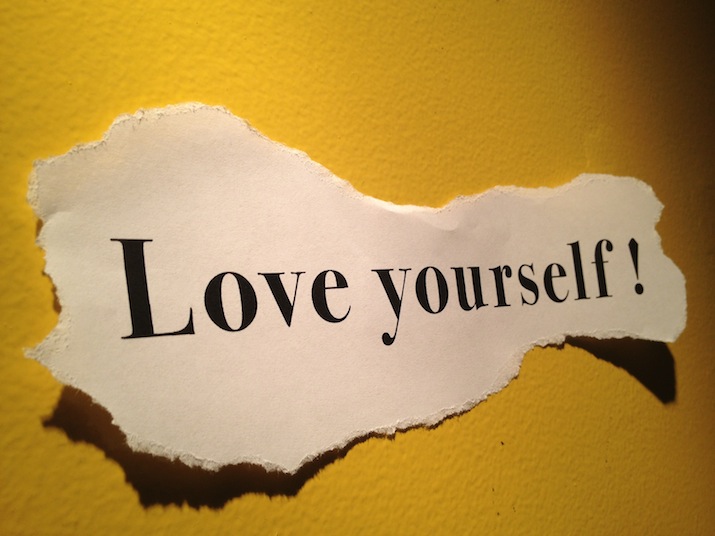
Btrax Design Company > Freshtrax > Can “Heal...
Can “Healing” Marketing Cure Korea?
Healing has recently become a big trend in the marketing of products and services in Korea. The traditional definition of healing is the act or process of regaining health, but healing in Korea refers to physical wellness, mental health, freedom from anxiety and life satisfaction. So, is it really “healing” if people are stressed about buying and using healing products?
On freshtrax, we have previously explored the positive effect of healing marketing in Korea, but I would argue that healing products and services encourage more consumerism and competitiveness. These so-called healing products delude people into thinking that real healing can be bought, yet the true meaning of healing has faded away. Healing has become a trend rather than a solution in Korea.
Why Healing and Why Korea?
According to the 2013 Samsung Economic Research Institute report, the main reason for the popularity of healing products is the prolonged economic recession coupled with a variety of other factors: high youth unemployment, weak income growth, lack of communication with friends and family, increasing distrust of the government and pessimistic views about society.
South Korea has the highest suicide rate among the world’s most developed nations, with more than 14,000 people taking their own life last year. I think social pressure and competitiveness at school and work contributes to the level of stress and unhappiness in people’s lives. Indeed, a recent OECD report found that the rate of life satisfaction in Korea is below average.
Koreans are often afraid of being judged by others, so many live for the sake of showing off. As a result, Korea has become one of the most “luxury-friendly” markets, as more people care about others’ opinion and buy luxury products to impress them. This competitiveness contributes to the low rate of life satisfaction, with a high amount of stress and pessimism.
To alleviate stress about the economic crisis and general competitiveness in society, interest in healing marketing has increased.

Healing Marketing: The Pros
Healing marketing that satisfies the consumer’s needs and wants through empathy is called Sensitivity Marketing. Consumers can easily open their minds if product marketing touches their hearts. They like to spend more money on goods when they feel sympathetic. Therefore, the majority of marketing strategies use healing as a tool to appeal to consumers’ emotions.
By providing information or services that satisfy consumers, healing marketing improves the B2C relationship by increasing the level of closeness to customers, and making the company’s brand image more positive. Also, since people can empathize with healing marketing regardless of age or gender, there is more potential for long-term use of the products.
The Cons
As healing has reached a fever pitch in Korea, there is a lot of business marketing based on healing-themed products, services, TV shows, books, travel, etc. But by overusing and abusing the healing concept, companies may lose consumer trust.
Hanyang University’s Professor Kim worries that the healing concept has become less meaningful due to overuse. For example, he criticized the “Healing Camp” television show for not having any content related to healing. The reckless usage of “healing” in naming products and services not only dilutes its meaning, but also causes it to degenerate into another form of commercialism and social pressure.
In addition, healing products come with a price. For example, organic foods cost 10-30% more than regular foods. The majority of healing services are luxury expenses – nail care, spas, and massage – which cost from $20 to $100. People who cannot afford healing products or services might feel left out and deprived of something that is being marketed as essential for mental wellness and freedom from anxiety. The gap between the poor and the rich could also increase depending on the affordability. While these products and services can heal some people, it can also hurt others.
What is True Healing?

Does healing marketing really heal people with stressful lives? In my opinion, no: it is just a way to escape from reality. True healing starts from loving oneself and accepting oneself as he or she is. Healing marketing might relieve people’s stress and make them relax for a moment, but real healing comes from facing the problem and learning to calm the mind.
Regardless of the positive and negative effects, healing is an interesting and popular trend in the South Korean economy. To stay up to date with the latest trends and to learn more about marketing in Asia, take a look at our work at btrax.
Photos by: Stuartpilbrow and Soo-Min Lee
Written by: Soo-Min Lee







